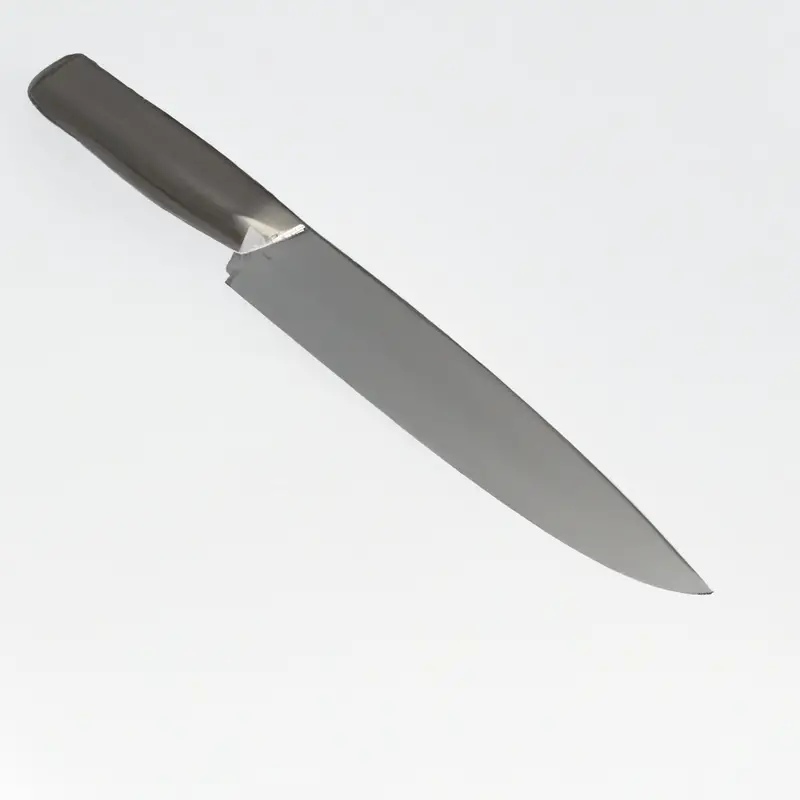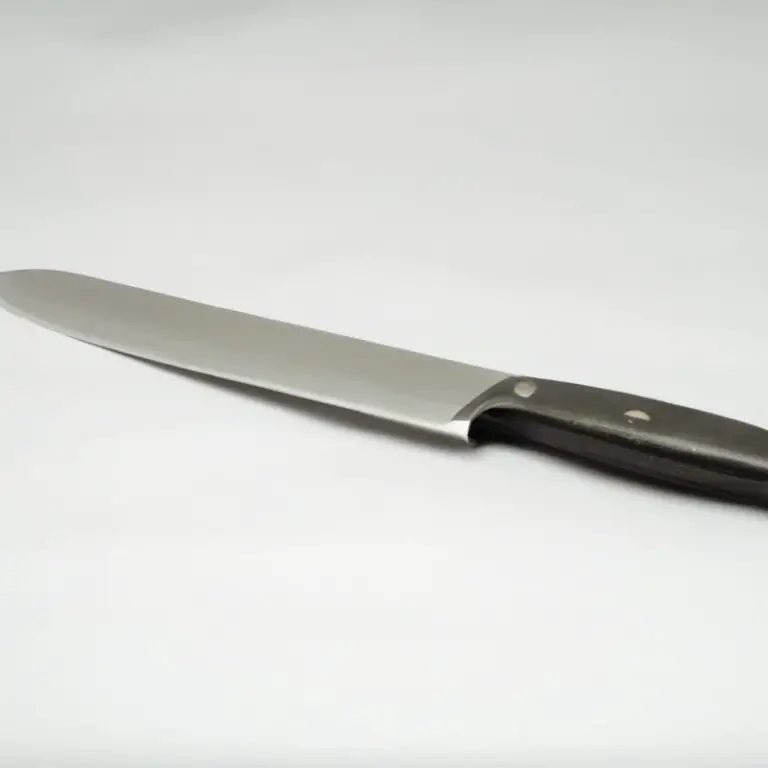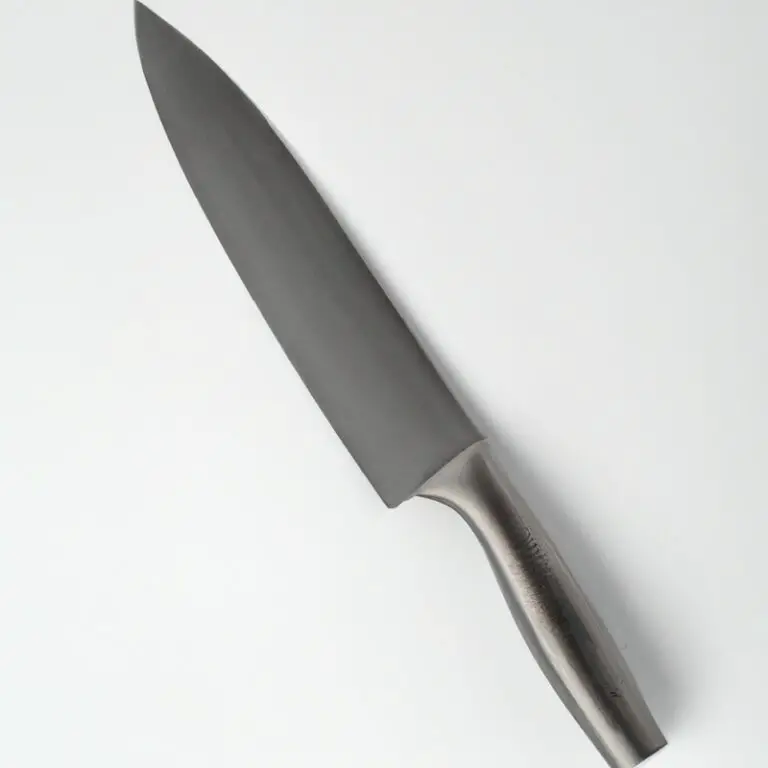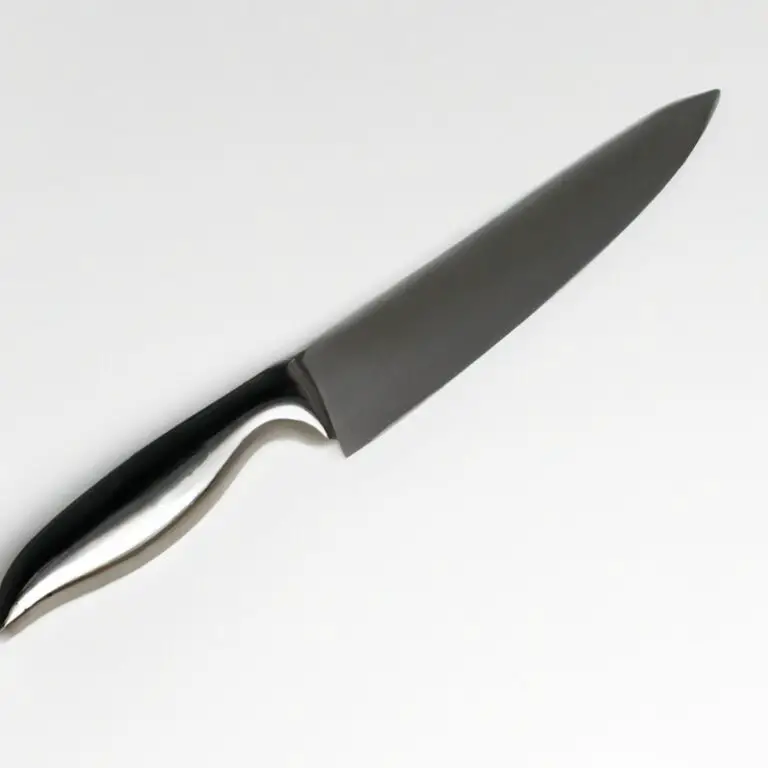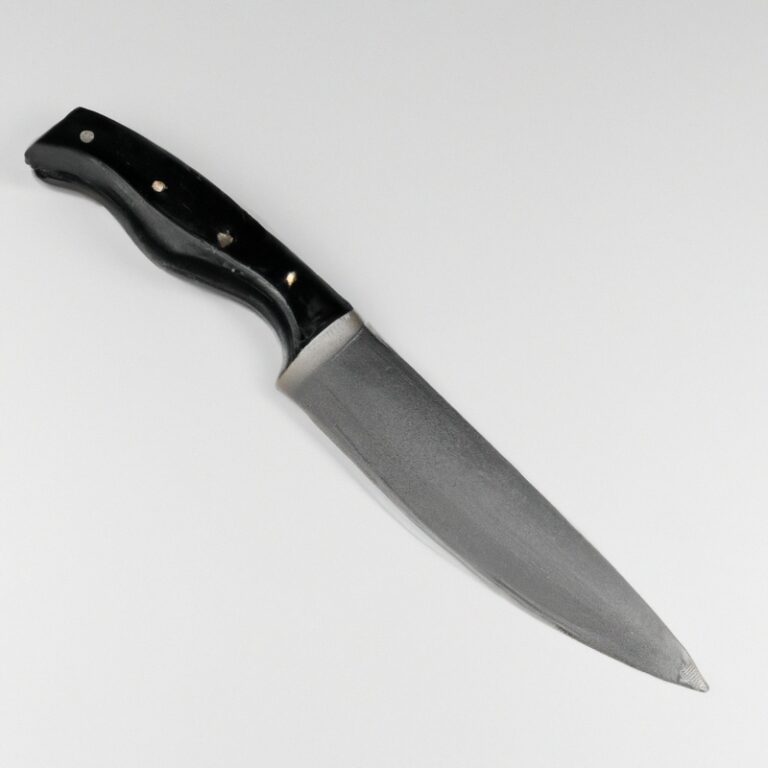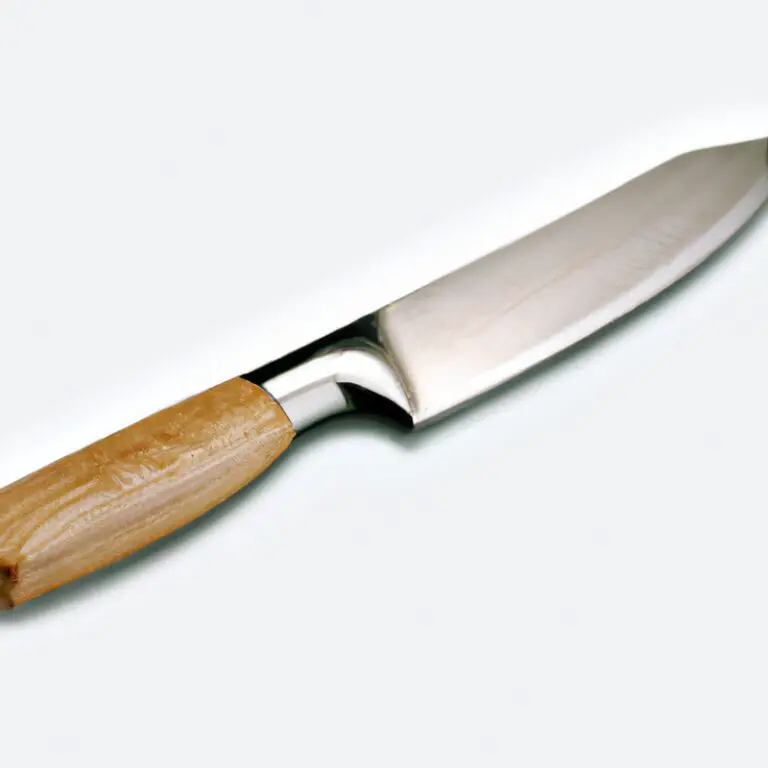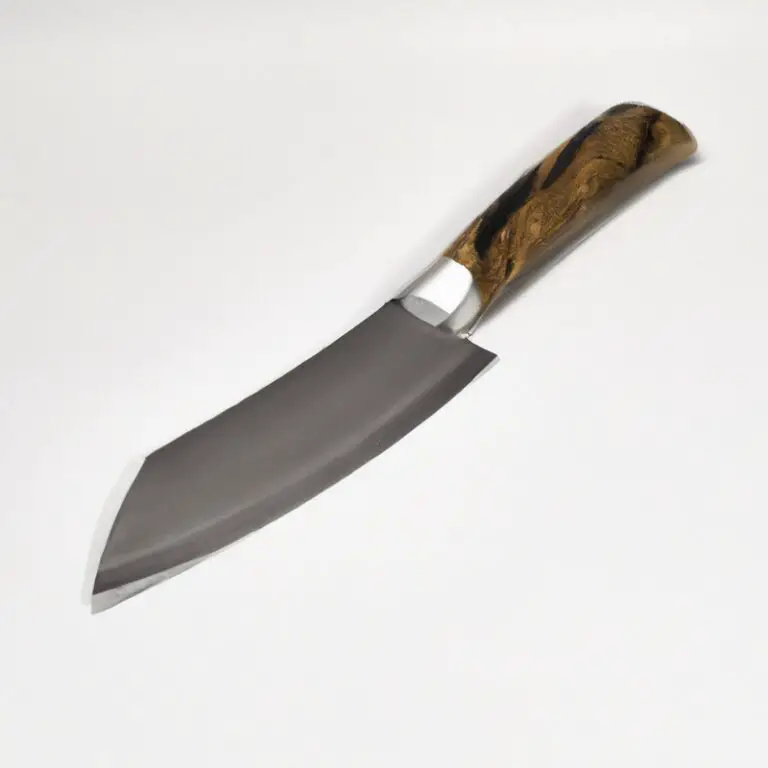How To Fillet a Haddock Using a Fillet Knife Like a Pro?
Key Takeaways:
- Use a sharp fillet knife to make clean and precise cuts while filleting a haddock.
- Follow the natural shape of the fish and use the backbone as a guide while filleting.
- Remove the skin and bones carefully to ensure the fillet is ready for cooking.
- Practice makes perfect – regular filleting will improve your technique and speed.
Have you ever wanted to learn how to fillet a haddock, but not sure where to start? Filleting fish can seem intimidating and complicated, especially if you don’t have the right tools or knowledge.
But fear not! With the proper techniques and equipment, you can easily prepare a delicious and fresh haddock fillet in no time.
In this article, I will guide you through the step-by-step process of filleting a haddock using a fillet knife. So, let’s dive in and learn how to prepare a haddock like a pro.
| Step | Description |
|---|---|
| 1 | Place the haddock onto a clean, flat surface, with the head facing away from you. |
| 2 | Insert the tip of the fillet knife behind the gills and make an incision down towards the spine. |
| 3 | Run the knife along the spine and cut towards the tail, following the contour of the ribs. |
| 4 | Once the fillet has been separated from the spine, flip it over and repeat the process on the other side. |
| 5 | Remove any remaining bones from the fillet with tweezers or fish pliers. |
Choosing the Right Fillet Knife
Choosing the right fillet knife is crucial for successful filleting. The ideal fillet knife should have a long, flexible blade with a pointed tip and a sharp edge.
The flexible blade allows for easier maneuverability around bones and ribs, while the pointed tip enables precision when removing skin and bones.
A sharp edge is necessary for clean cuts, reducing the risk of damaging or wasting the fillet. When selecting a fillet knife, consider the blade length in relation to the size of the fish you will be filleting.
A blade length of 6-8 inches is sufficient for small to medium-sized fish, while larger fish may require a longer blade.
It is also essential to consider the handle’s comfort and grip, as filleting can be a delicate and lengthy process. A good quality fillet knife can be an investment, but it is worth it for achieving expert filleting results.
Be sure to research and invest in a trusted and reliable brand to ensure the knife’s longevity and performance.
Overall, choosing the right fillet knife comes down to selecting one that is flexible, pointed, sharp, comfortable, and appropriate for the size of fish you will be filleting.
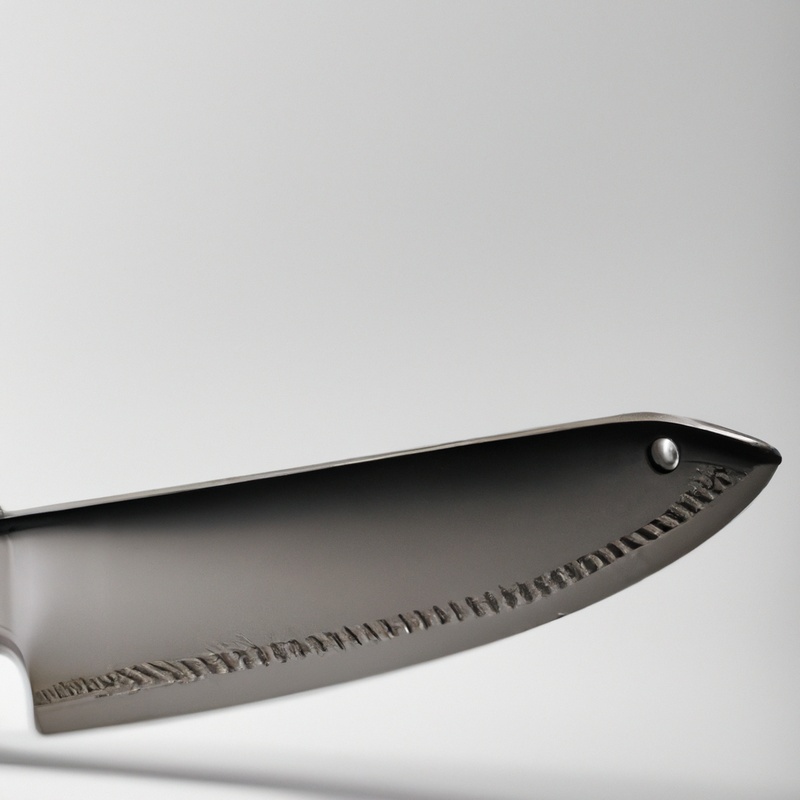
Preparing the Haddock
Before filleting a haddock, it’s important to properly prepare the fish. Start by placing the haddock on a clean cutting board and removing any scales with a fish scaler or the back of a knife.
Then, use a sharp fillet knife to make an incision behind the gills and down to the backbone.
Next, angle the knife towards the head and cut off the head, then repeat the same process with the tail. Finally, rinse the haddock under cold water to remove any remaining scales and blood.
Now your haddock is ready for the filleting process.
Removing the Head and Tail
To remove the head and tail of the haddock, place the fish on a clean cutting board and hold it firmly by the tail. Use a sharp fillet knife to make a cut just behind the gills and the pectoral fin to remove the head.
Then, make another cut at the base of the tail to remove it.
Removing the head and tail of the haddock can make it easier to fillet the fish and remove the bones. It also helps to create a cleaner presentation of the fillets.
Make sure to dispose of the head and tail properly before proceeding with the filleting process.
Remember to use caution and a steady hand when making these cuts with the fillet knife. It’s essential to maintain a sharp blade and take your time to ensure a clean cut and a successful fillet.
With proper technique and practice, removing the head and tail of the haddock can be an easy and efficient step in the filleting process.
Making the First Cut
To make the first cut, locate the edge of the fish’s head and insert the tip of the fillet knife into the flesh just above this point. With the blade angled slightly downwards, run the knife along the length of the fish’s backbone, towards the tail.
Apply gentle pressure to separate the fillet from the bones, taking care to keep the blade flat against the bone and to avoid removing too much flesh.
Once you have completed the cut, repeat the process on the other side of the fish. Making the first cut can be challenging, but with practice and patience, you can master this essential step in filleting a haddock.
Separating the Fillet from the Bones
To separate the fillet from the bones, start by placing the knife behind the gills and making a cut towards the backbone. Then, insert the knife along the backbone and cut towards the tail.
Work the knife gently to separate the fillet from the bones, using a sawing motion to cut through the rib bones.
Remove any small bones with pliers or tweezers. Repeat the process on the other side of the haddock.
Once the fillets are removed, trim any excess fat or skin before using or storing.
Properly separating the fillet from the bones ensures a safe and enjoyable dining experience.
Trimming the Fillet
Once the fillet has been separated from the bones, it’s time to trim the fillet. This involves removing any remaining bones, rib cages, or any other unwanted parts of the fillet.
Use a pair of kitchen scissors or a fillet knife to carefully cut away any excess parts.
It’s important to be precise but gentle to avoid damaging the fillet. Once trimmed, your haddock fillet is ready for cooking or storage.
Removing the Skin
Removing the skin from a haddock fillet is a crucial step in preparing it for cooking. Depending on your personal preference, you can choose between leaving the skin on or removing it.
However, if you opt to remove it, doing it correctly can ensure that you get a tasty, evenly-cooked fillet.
To remove the skin, place the fillet on a clean, flat surface with the skin side down. Grasp the tail end firmly with one hand and use the tip of the fillet knife to make a small incision between the flesh and the skin near the tail.
The angle should be shallow and slightly tilted downwards, aiming for the opposite end of the fillet.
While holding the skin firmly with your other hand, use long strokes with the knife to cut away the skin from the flesh. Tilt the knife slightly downwards to avoid cutting into the flesh and work your way along the fillet towards the head end.
If the skin seems stubborn, you can use a paper towel for grip to hold the skin while cutting.
Work slowly and carefully to remove the skin, and use a gentle sawing motion if needed. Once you’ve removed the skin, inspect the fillet to ensure there are no remaining bones, and trim away any excess fat or small bones.
Your haddock fillet is now ready to be used for cooking or storage.
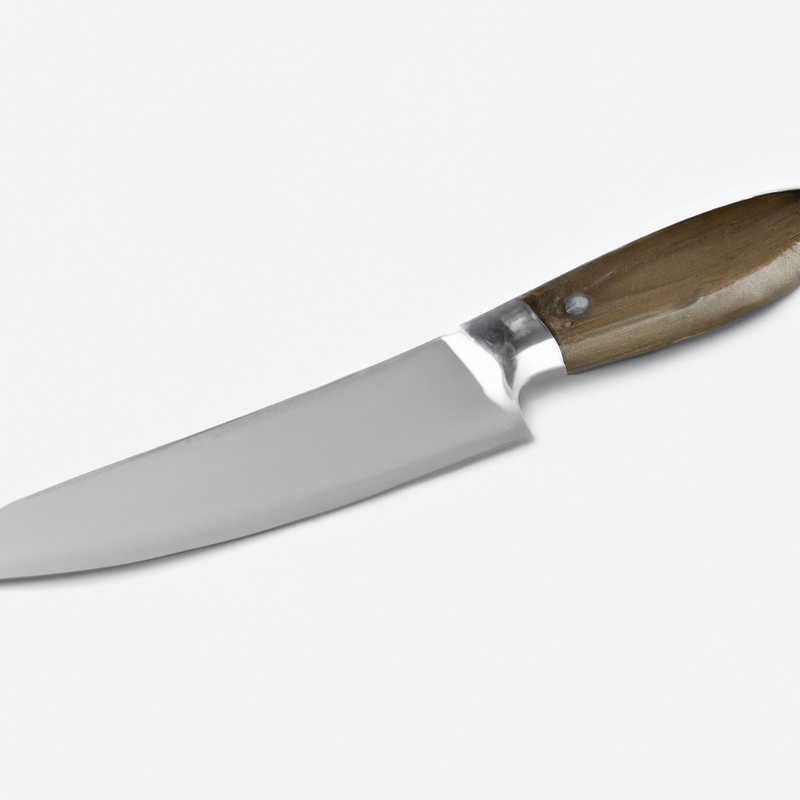
Repeating for the Other Side
After successfully filleting one side of the haddock, repeat the process on the other side. This includes removing the head and tail, making the first cut, separating the fillet from the bones, trimming the fillet, and removing the skin.
Remember to maintain the same angle and pressure for the knife cuts as done previously for the other side.
After finishing, clean and maintain the fillet knife appropriately.
Cleaning and Maintaining the Fillet Knife
Cleaning and maintaining your fillet knife is extremely important to ensure that it remains sharp, rust-free, and in excellent condition for future use. After each use, make sure to wash the knife thoroughly with warm soapy water and dry it with a clean cloth.
Avoid using abrasive sponges or scourers as they can damage the blade.
If you have a stainless steel fillet knife, it’s crucial to store it properly to prevent rust from forming. Coat the blade with a protective oil after cleaning and store it in a dry place away from moisture.
Sharpen your fillet knife regularly to maintain its performance.
A dull blade can damage the fish and extend the filleting time. Either use a sharpening stone or consider taking it to a professional sharpener.
Remember, a well-maintained fillet knife will not only make it easier to fillet fish but also ensure its longevity.
Using the Fillet for Cooking or Storage
The fillet of a haddock is highly versatile, making it ideal for various cooking techniques and recipes. Once filleted, you can store the fish in the refrigerator or freezer for later use.
When it comes to cooking, haddock fillets can be baked, fried, grilled, or boiled to fit your desired dish.
The delicate flavor of haddock pairs well with various spices and herbs, allowing for endless seasoning possibilities. When storing filleted haddock, it’s important to keep it in an airtight container in the refrigerator if you plan to use it within a day or two.
For longer storage, freezing is the way to go.
Wrap the fillets tightly with plastic wrap and place them in a freezer bag or airtight container to prevent freezer burn. When properly stored, haddock fillets can last up to six months in the freezer without sacrificing quality.
Just remember to thaw them in the refrigerator for a day before use.
Overall, the fillet of a haddock is a delicious and versatile ingredient that can be prepared in countless ways. Whether you plan to cook it immediately or save it for later, proper storage techniques will ensure the best possible flavor and quality.
Final Verdict
Mastering the art of filleting a haddock using a fillet knife can elevate any culinary dish, making it an essential skill for any home cook or professional chef. Remember to choose the right fillet knife, prepare the haddock by removing its head and tail, make the first cut, separate the fillet from the bones, and trim it according to your preference.
Removing the skin is also necessary before moving onto the other side.
Cleaning and maintaining the fillet knife is equally important for optimal performance. Once the fillet is ready, it can be used for cooking or storage.
By following these steps with precision, the end result will be a perfectly filleted haddock that will be a delicious and impressive addition to any dish.

